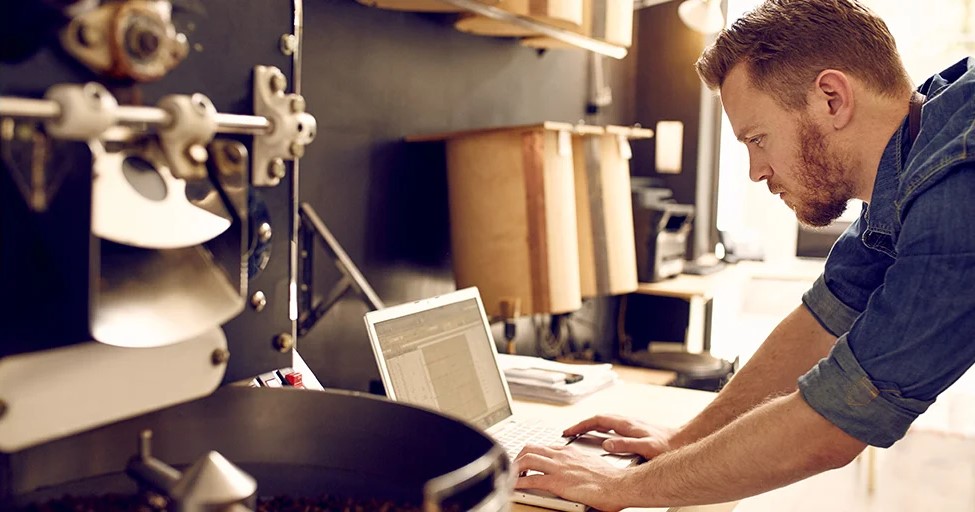The options for buying pre-loved equipment for your business can be plentiful. They could include online marketplaces, retail, direct from an owner, via auctions or brokers. Maybe the gear is still within warranty or has been reconditioned, rebuilt, or is sold as is.
The Ritchie Bros Annual Market Trends Report shows Australian figures for 2022 increased from the previous year. There were 42% more registered bidders, a 9% jump in seller numbers and 27% increase in lots sold.
Continuing demand for second-hand equipment
The Ritchie Bros report says the surge was due to:
- Market conditions
- Many operators deciding to retire early and capitalise on windfalls from equipment sales
- Several large businesses closing in the transport sector.
Despite what sounds like a glut, that sector saw median prices jump 22% for prime movers, and 128% for van and reefer trailers.
Other sectors experiencing demand are agricultural machinery and construction equipment. A Global Market Insights Report has forecast three more years of high demand for construction gear in the Asia Pacific.
Buying second-hand is a bonus because you’re part of the circular economy helping reduce environmental impact, says marketplace Gumtree. It estimates trading unwanted and unused items – not just for business – is worth $62 billion across Australia.
Pros and cons of buying used equipment
The pros of buying pre-loved equipment:
- You’re reducing and recycling items to save them from landfill
- Suits your budget and you’ll save on money you’d otherwise spend on new equipment
- Usually easier and quicker to source than new
- Some sellers offer certified used equipment
- More opportunity to negotiate on price and terms
- Makes sense when there are limited government grants and tax exemptions available
- Can take advantage of market opportunities rather than wait for new gear to arrive.
The cons of second-hand equipment include:
- A logbook detailing repairs, servicing and run time might not be available
- Limited ability to claim depreciation of the item on your tax
- If you do secure finance, your lender may charge higher interest and establishment fees due to the extra risks
- May not have a warranty or only a limited one
- Sourcing an expert to test the equipment pre-purchase may be difficult
- May not be compatible with your existing set-up
- Diminishing support from the manufacturer for that product
- Finding spare parts may be problematic
- May be less reliable, need more maintenance and therefore downtime, and
- GST is still payable.
Managing the risks of used equipment
Deciding if you’ll buy new or pre-loved equipment takes a fair bit of weighing up. For example, before investing, consider sourcing quotes for maintenance costs. Also, secure an expert to test the machine if it’s used. Make sure to do safety checks and ask the owner questions about its history and usage.
Here are ways to manage these risks. You can check mandatory standards with Product Safety Australia. There are also consumer rights and guarantees, and this resources page for businesses using the Australian Government-run Personal Property Securities Register.
Your state or territory will have guides on buying second-hand electrical goods. And if the pre-loved gear comes with a business you’re buying, vendor warranties should come into play.
Get the right insurance
You have a choice of policies to help you protect your purchase. For example:
- Machinery breakdown cover is handy should your equipment require repair or replacement
- Specific items are ones generally worth $2,500+ that you list, for example, mobile phones, computers, photographic equipment, etc.
- Unspecified items for general business property and trade tools
- Electronic equipment covers computers (under 5kg) and other electronic gear you keep on your business site, but excludes accidental damage or loss
- General property insurance for replacing or repairing portable equipment and tools that you’ve listed. This policy covers damage worldwide.
We can point out policy inclusions, such as vandalism, natural disasters, explosion, theft, fraud, accidents, etc. We’re here to guide you on your insurance options to bolster your risk management approach.

